Discovering ALK rearrangements that drive progression in NSCLC
Inversion and translocation
The role of ALK gene rearrangements, such as chromosome inversion and translocation, are well recognized as the most common oncogenic driver mutations underlying the development and progression of NSCLC.1 Multiple signaling pathways downstream from ALK rearrangements have been shown to trigger cancer cell proliferation and survival.1,2

The ALK gene that encodes for the ALK tyrosine kinase receptor is located on the short arm of chromosome 2 at position 23 (2p23).1 In 1994, this gene was originally discovered in anaplastic large-cell lymphoma as a chromosomal translocation.1,2 It was later identified in diffuse large B-cell lymphoma, esophageal cancer, colorectal cancer, breast cancer and NSCLC.1
In NSCLC, most ALK gene mutations result from inversion or translocation with another partner gene leading to a fusion oncogene.1,3 One example is the rearrangement of EML4 leading to the fusion oncogene EML4-ALK, which was discovered in 2007 and has been shown to increase the growth of cancer cells.4
EML4-ALK (variant 1) is the most common fusion oncogene detected in patients with ALK+ NSCLC.1,3
Enthusiasm for ALK targeting has been driven by recurring ALK gene translocation in a significant subset of patients with NSCLC1
LEARN ABOUT RESISTANCE MECHANISMS
ALK(+): anaplastic lymphoma kinase (positive); EML4: echinoderm microtubule associated protein-like 4; NSCLC: non-small-cell lung cancer.
1. Du X, et al. ALK-rearrangement in non-small-cell lung cancer (NSCLC). Thoracic Cancer. 2018;9:423–30.
2. Aubry A, et al. Targeting ALK in cancer: therapeutic potential of proapoptotic peptides. Cancers (Basel). 2019;11:275.
3. Katayama R, et al. Therapeutic targeting of anaplastic lymphoma kinase in lung cancer: a paradigm for precision cancer medicine. Clin Cancer Res. 2015;21:2227–35.
4. Nix NM, et al. Ceritinib for ALK-rearrangement–positive non–small cell lung cancer. J Adv Pract Oncol. 2015;6:156–60.
